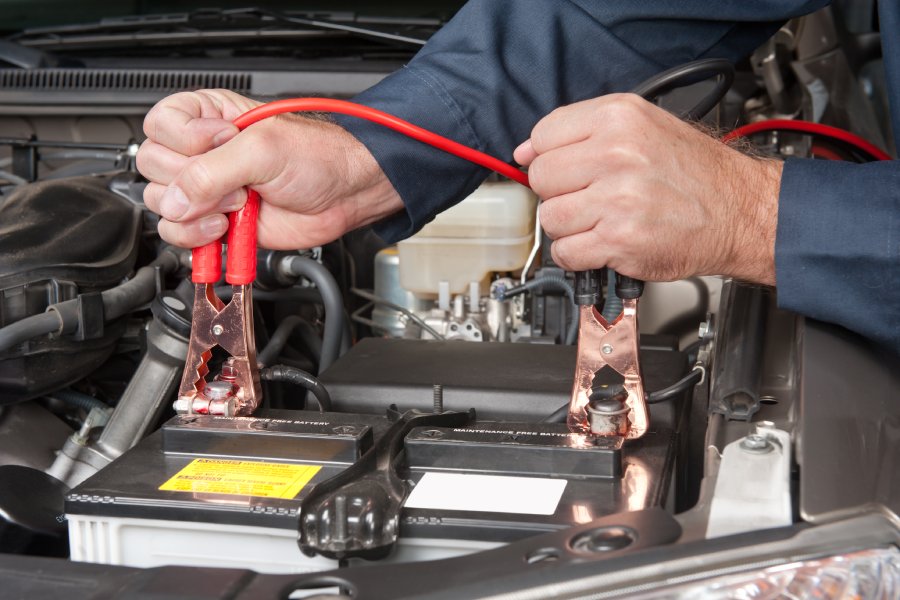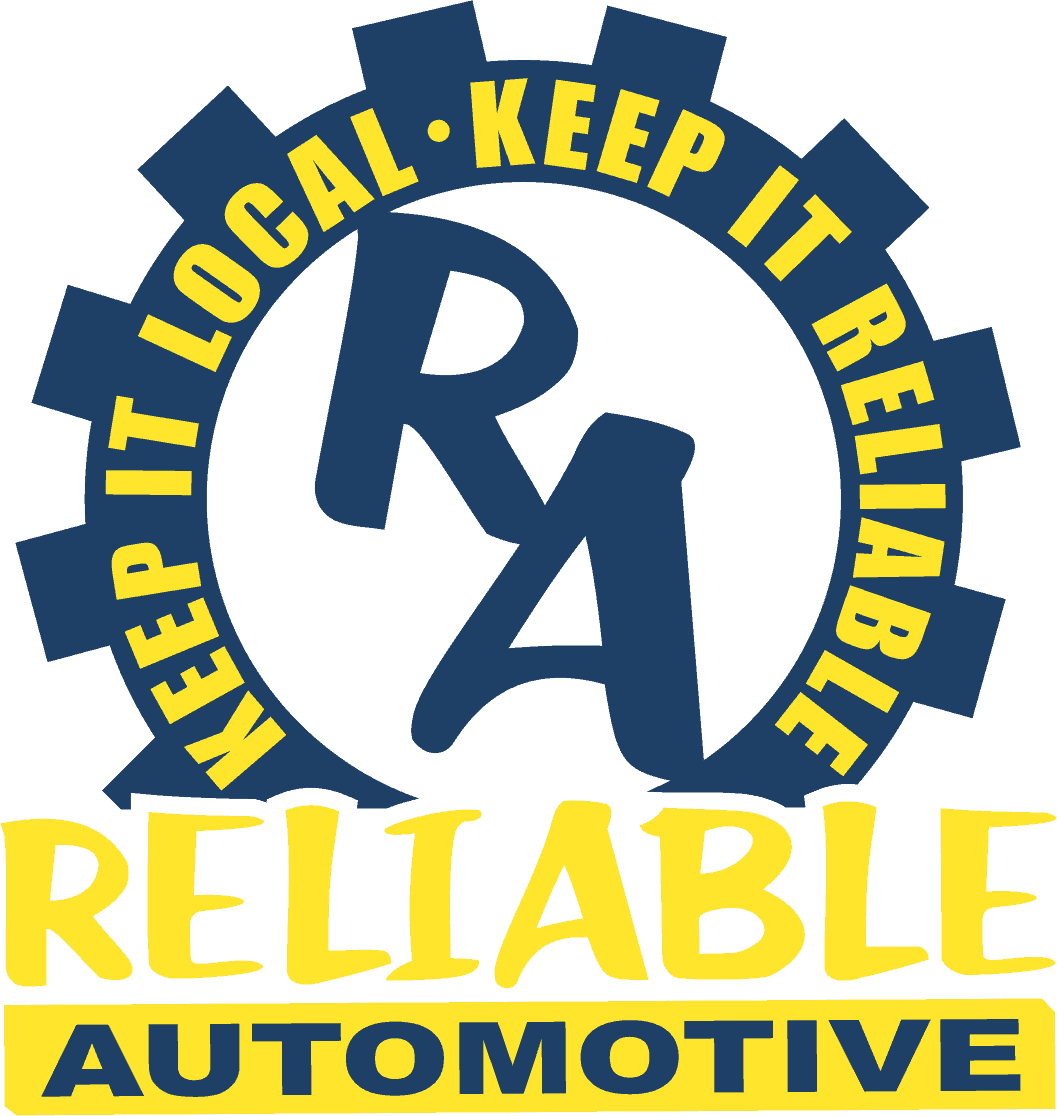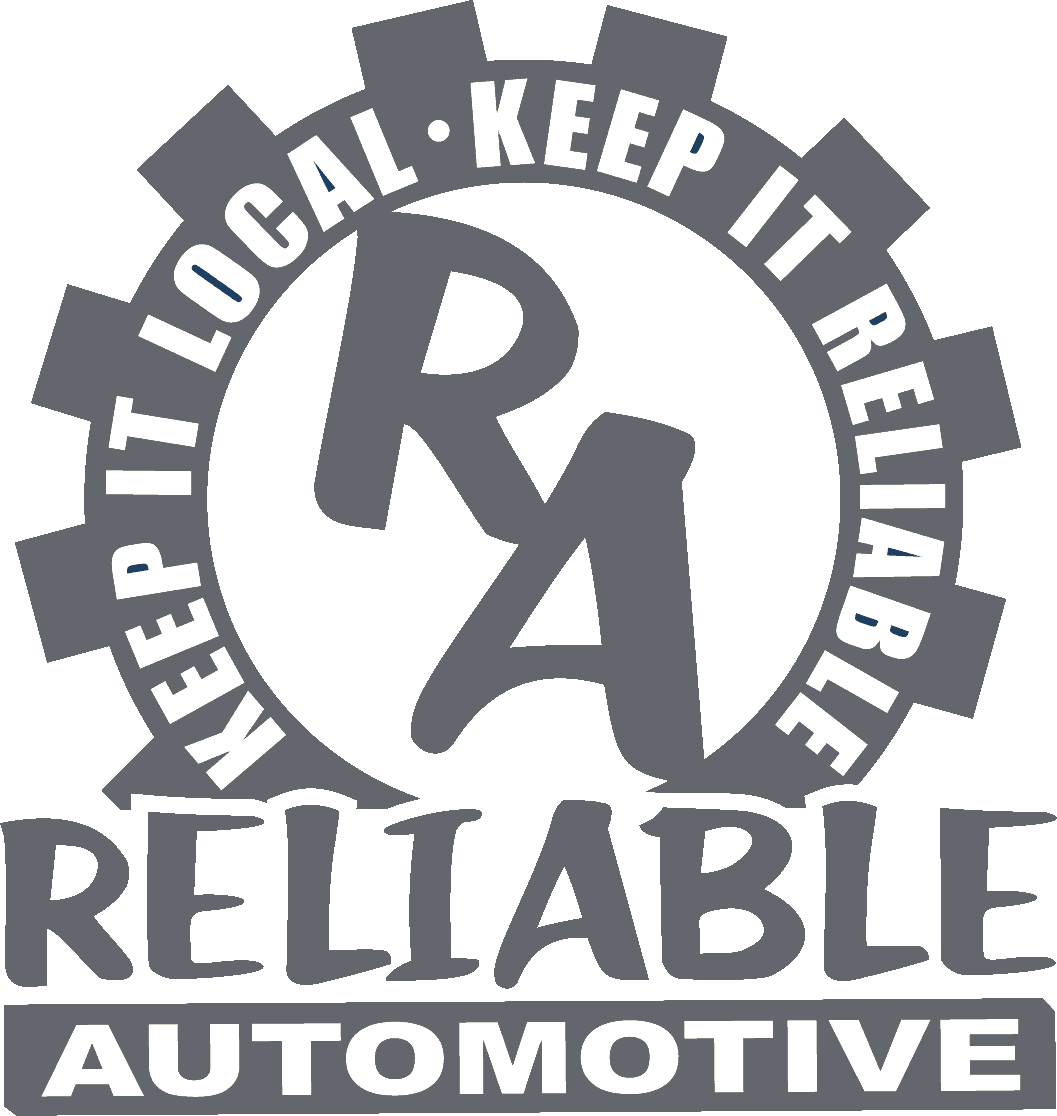
Obviously, your car battery plays a crucial role in helping your Buda, Texas-area car get started. However, that’s not the only thing this component does. It also acts as a surge protector for your vehicle’s computer and powers your vehicle’s GPS, stereo, and lights when your engine isn’t running.
It’s easy to understand why you need a working car battery, and you may even know a thing or two about how car batteries work. Even so, you might not be familiar with the factors affecting your battery’s charge. Here, we’ll take a closer look at the things that can drain your car battery before you know it—and the steps you can take to keep your battery running smoothly for as long as possible.
What Can Drain a Car Battery?
1. Headlights Left On
If your car battery has been draining quicker than you’d expect lately take a closer look at your headlights. Some newer vehicles have headlights designed to turn off after a given period has passed, but not all cars have this feature. That means it’s wise to double-check your headlight situation and manually turn off your headlights from now on if you have to.
2. Loose Battery Connections
Not every car battery issue is a sign of a more severe problem. Sometimes, your battery’s positive and negative terminals may have become loose or corroded. If this is where your issues stem from, resolving them should be as straightforward as tightening your connections and cleaning your terminals.
3. Driving-Related Problems
Your battery is responsible for helping your car get started. When this task is complete, the battery stays charged thanks to your vehicle’s alternator. A malfunctioning alternator can’t properly charge your battery while driving, which can contribute to battery drainage issues.
Even if your alternator isn’t having issues, it could still be unable to give your battery the charge it needs in some situations. That’s especially true if you frequently take short trips. Starting your engine takes a great deal of power, and if you don’t give your battery time to charge up while on the road, it could run out of juice faster than you might expect.
4. Parasitic Draws
You might not think your car battery is working when your car is turned off, but that isn’t the case. Even then, the battery powers things such as your alarm system, radio, and clock. It also provides a charge to your interior/door lights and relays. Items in this category can be responsible for what’s known as a “parasitic draw.”
If your lights or relays draw power while your car is off, your alternator won’t be able to charge the battery to compensate. As a result, these “minor” issues can leave you without enough energy to start your car. To avoid parasitic draws, ensure all your lights are turned off, and your car doors, glove compartment, and trunk are all closed whenever you park your car.
5. Extreme Temperatures
Texas is known for its hot summers, but the sweltering heat doesn’t just affect people. This weather can also make life more difficult for car batteries. If you have a relatively new battery, the effects of extreme hot or cold weather shouldn’t strongly impact its ability to start your car. But the same isn’t true for older batteries: heat or cold can worsen these batteries’ performance or even kill them entirely.
6. The Aging Process
Even when temperature shifts aren’t involved, car batteries don’t have an indefinite lifespan. At best, you can expect your car battery to last about five years. In real-world situations, however, your battery’s lifespan could be closer to two or three years. If your battery seems to die regularly, your best bet might be to replace it.
Extend Your Car Battery’s Lifespan
When your car battery is nearing the end of its lifespan, there isn’t too much you can do to squeeze more usage out of it. That said, taking a few simple steps before reaching this point can help maximize your battery’s lifespan. These steps include:
- Turning off the lights in your vehicle when you park. Accidentally leaving lights on is one of the easiest ways to drain your car battery. Make sure they’re either off or set to turn off when you’re done driving.
- Not leaving your car idle for too long. If you let your vehicle stay in park for an extended timespan, your battery’s charge could wane. Making matters worse, your battery fluid level could even evaporate in this situation.
- Keeping your battery clean. Cleaning your battery doesn’t require you to invest in pricey cleaning solutions. Just create a mixture of water and baking soda and brush a small amount of this mixture onto your battery to remove any built-up dirt and grime.
- Avoiding the use of electronics when your car is off. When your engine isn’t running, it’s up to your battery to power your A/C, radio, and chargers. To lower your risk of putting too much strain on the battery, steer clear of using these features while your car is off.
Here’s When You Need Car Battery Replacement
Being careful with your car battery can extend its lifespan, but you’ll need to replace it at some point. Because of that, it’s never a bad idea to read up on the warning signs of impending battery failure. Consider replacing your car battery if:
- Your “battery warning” or “check engine” light is on.
- Your battery fluid level is low.
- Your engine cranking is slower than normal.
- Your battery case is bloated.
- Your battery has begun to leak (as indicated by corrosion).
Get Texas’ Best Car Battery Service
If your vehicle’s battery is on its last legs, it’s time to invest in a car battery replacement. On the other hand, you may have a slightly newer battery that could use battery maintenance services to help it reach its full potential. Either way, the ASE-certified mechanics at Reliable Automotive can help.
Set up your battery service appointment in Buda, San Marcos, or Kyle today!






